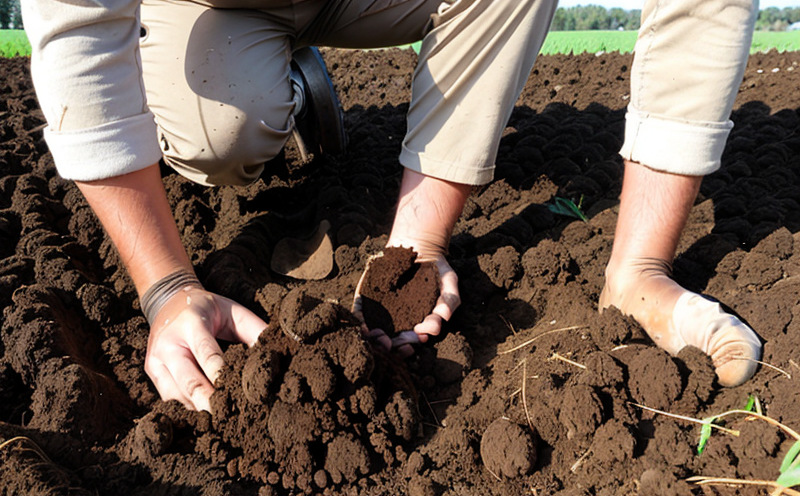Soil Capillary Rise Testing
In agriculture and forestry testing, soil quality is a critical determinant of productivity. Soil capillary rise plays a significant role in the availability of water to plant roots. This test evaluates how soil moisture moves upward from the water table or groundwater into the root zone through capillarity. Understanding this process helps in optimizing irrigation practices, crop selection, and overall farm management.
The capillary rise phenomenon is driven by the surface tension forces within the soil structure. It involves the movement of water along the walls of pores and through narrow spaces in the soil matrix. This process is influenced by soil texture, porosity, organic matter content, and the presence of clay particles, which can enhance or reduce the rate of capillary rise.
The test typically involves placing a known volume of water into a chamber containing representative soil samples. The chamber mimics real-world conditions as closely as possible, with controlled temperature and humidity levels. Over time, the height to which the water rises in the soil is measured. This data provides insights into the soil's ability to retain and supply water to plants.
For accurate testing, it’s essential to use appropriate soil samples that reflect the target field conditions. Sample preparation involves sieving the soil to ensure uniformity and placing the prepared sample into a cylindrical container. The container is then filled with water up to a specified mark and allowed to stand for a defined period.
The capillary rise height can vary significantly between different types of soils, as well as under different environmental conditions. Understanding these variations helps in predicting crop performance and optimizing irrigation strategies. This testing method aligns closely with international standards such as ISO 17892-4:2015 which provides guidelines for determining the capillary rise height in soil.
By conducting this test, stakeholders can make informed decisions about soil management practices, ensuring optimal water availability for plants. This not only supports sustainable agriculture but also contributes to improving crop yields and reducing water waste.
Applied Standards
| Standard Code | Title of Standard | Description |
|---|---|---|
| ISO 17892-4:2015 | Determination of capillary rise height in soil - Part 4: Laboratory method using a constant head apparatus | This standard outlines the procedures for determining capillary rise height in soil samples placed in a constant head apparatus. It provides detailed instructions on sample preparation, measurement techniques, and data interpretation. |
Benefits
The benefits of conducting soil capillary rise testing are manifold:
- Improved irrigation efficiency by identifying the optimal amount of water needed for plant growth.
- Precise prediction of crop yields based on soil moisture availability.
- Enhanced understanding of soil behavior under different environmental conditions, aiding in sustainable agricultural practices.
- Supports compliance with regulatory requirements related to water usage and soil management.
Why Choose This Test
The following reasons highlight why choosing this test is beneficial:
- It provides critical insights into the soil's ability to supply water to plants.
- It helps in optimizing irrigation schedules and reducing unnecessary water usage.
- The test results can be used to tailor crop management practices for specific soil types.
- It supports research and development efforts aimed at improving agricultural productivity.





